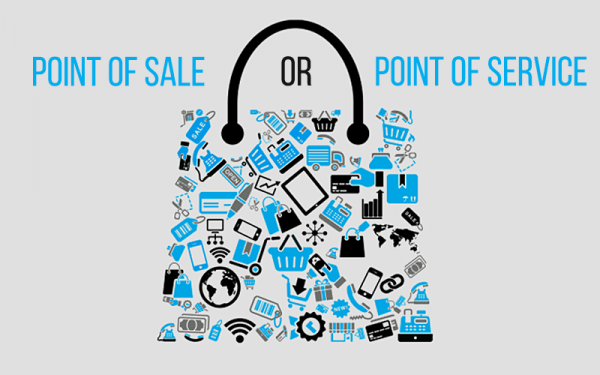by Richard Heitmann,
Sales Director – AURES Technologies Ltd
Over the past couple of decades, the POS system has gained crucial importance in running the business of retail. Once considered a simple place to issue the customer receipt, the POS is now the lifeblood of in-store operations, capturing transaction data that informs every aspect of the retail business and its growth strategy.
Looking back at how this came to be, first, LAN and WAN internet networking technology enabled payment terminals to be linked into a single unified system, from multiple locations outside the store. Once connected to accounting software, the POS became the front line in bookkeeping and financial management.
Improved software integration enabled POS systems to link directly to ERP inventory and logistics platforms, leading to automated inventory ordering and replenishment. And, of course, POS has moved through various forms of digital payments, from electronic stripe readers to chip and pin, and now, to contactless payments.
The most significant changes to POS systems are just starting to emerge. Thanks to a combination of mobile and wireless networking, advanced data processing and the move toward platform consolidation via cloud computing, the POS is taking on a new role altogether—enabling exciting and sophisticated forms of customer service with the power to make or break retails brands.
A tool for the customer
Traditionally, POS systems have been viewed as a tool for the retailer—for cashiers and sales associates to process sales at the register. Today, the POS is evolving into a powerhouse vehicle for customer service, a window into the retailer’s complete line of products, available inventory, product information, complementary products and services.
Whether in the hands of a sales associate or placed in an endless aisle kiosk, today’s POS terminals are powerful end points capable of running video, graphics, websites and other promotional content to allure and inform shoppers. Many operate via a touchscreen, enabling simple, intuitive navigation by the customer.
A personalized experience
Tablet POS devices allow sales associates to check stock, compare prices or look up answers to queries the customer may have. By linking to CRM systems, brick and mortar retailers can leverage the ecommerce experience, accessing customer loyalty information and purchasing history.
To better engage returning customers, sales associates can also offer unique product suggestions or special offers tailored to each shopper, in real time, while completing the sale in the dressing room, the back room, or anywhere on the sales floor.
With the burgeoning use of POS technology to deliver unique and exceptional forms of customer service, the term “point of sale” has taken on a much broader meaning. Powered by a growing array of new technologies that meld the in-store and online experience with the power of data analytics, the point of sale can be a personalized service experience limited only by the retailer’s vision.
For more information about innovative AURES POS systems, please contact us today.




